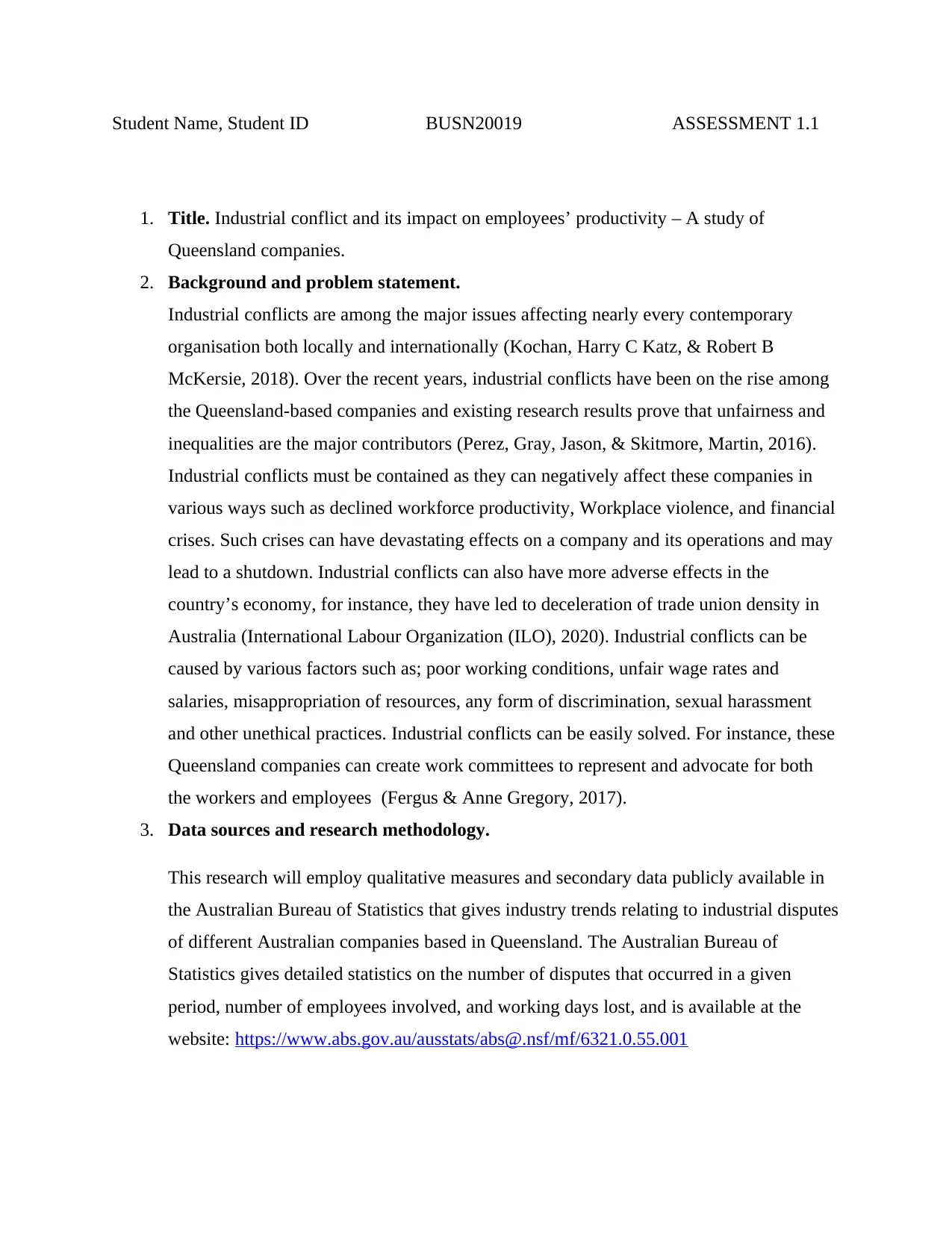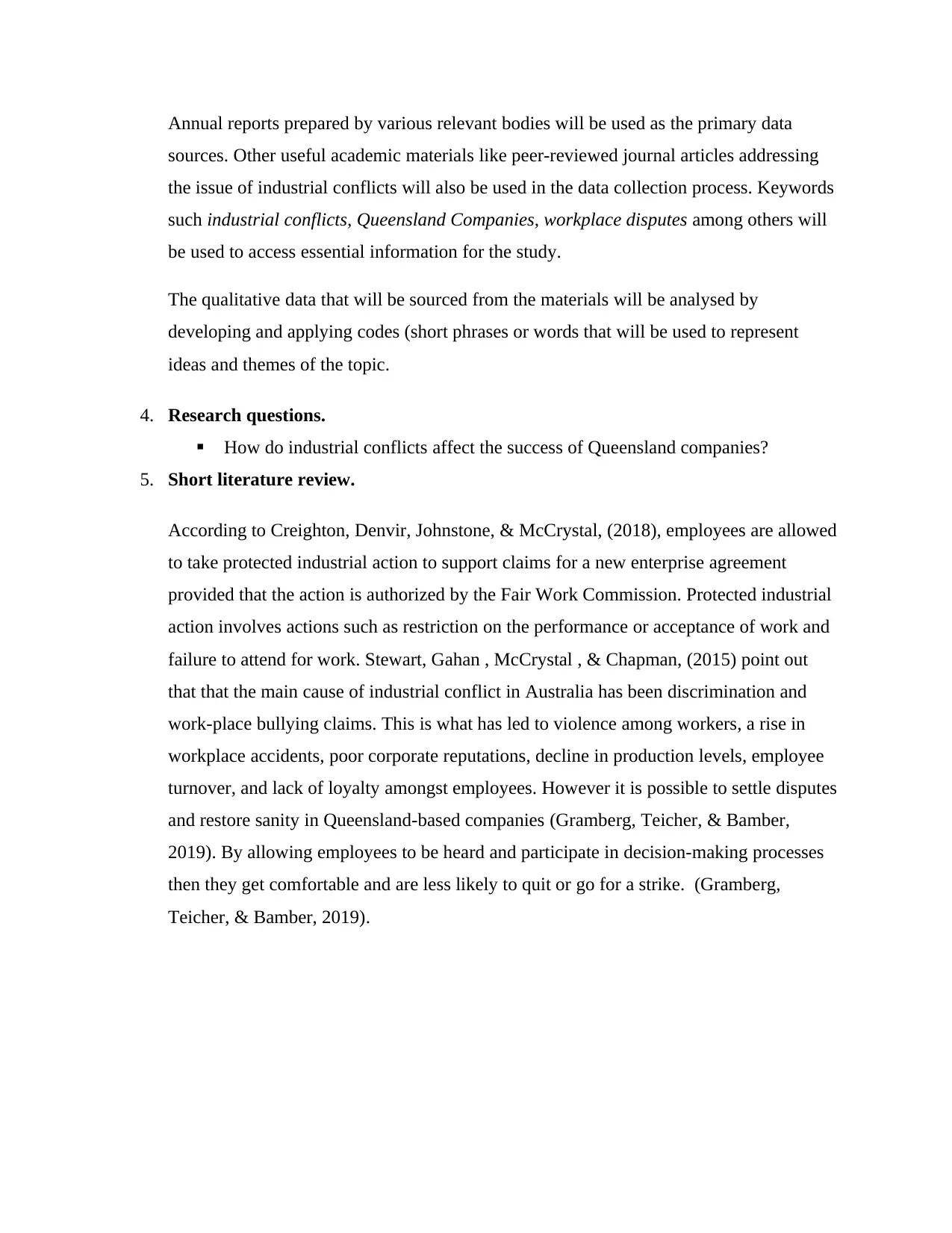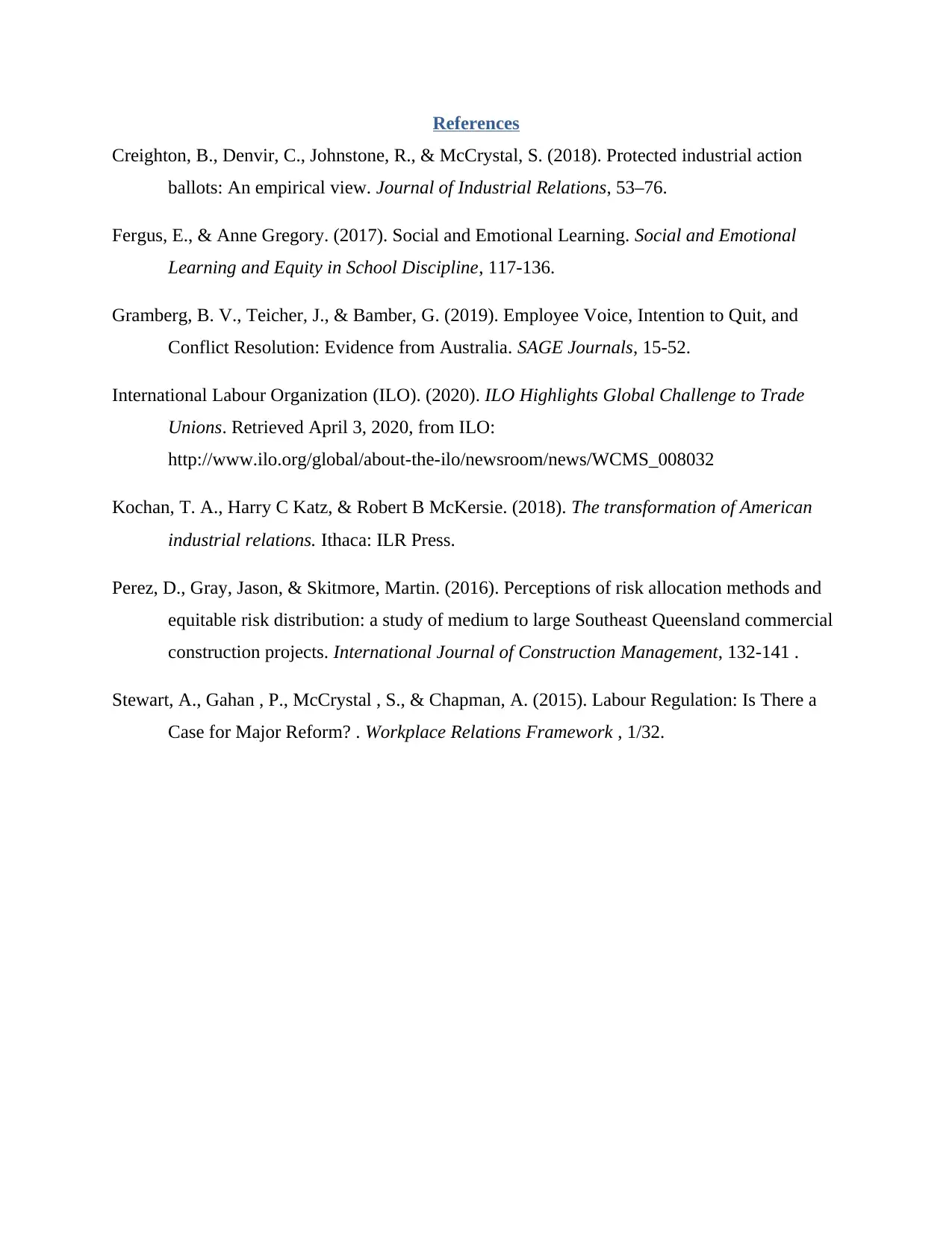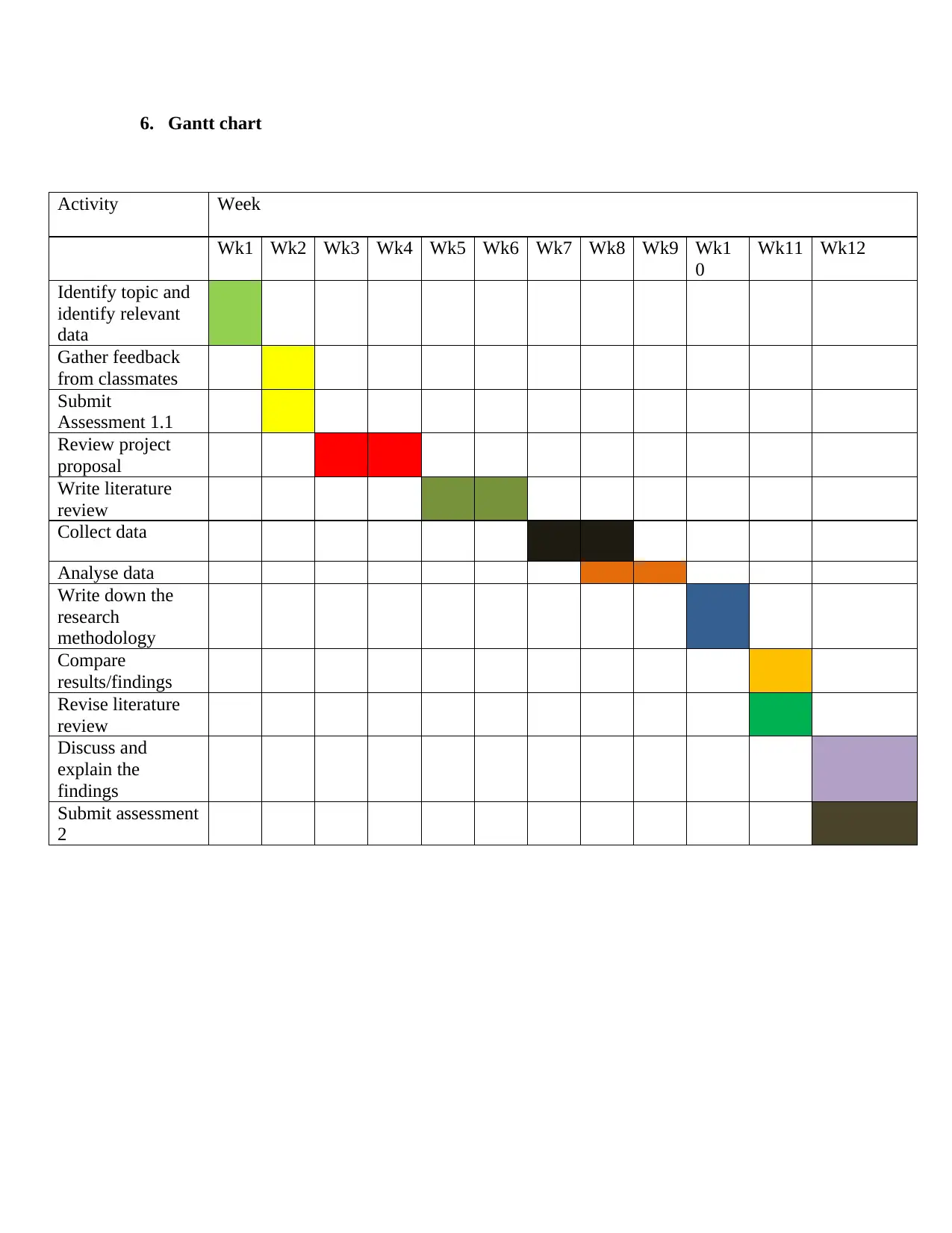Industrial Conflict and Employee Productivity: Queensland Companies
VerifiedAdded on 2022/09/12
|4
|964
|18
Project
AI Summary
This project, a student assignment for BUSN20019, examines the impact of industrial conflicts on employee productivity within Queensland-based companies. It begins with a background on industrial conflicts, highlighting their increasing prevalence and negative effects, such as decreased productivity and financial crises. The research employs a qualitative approach, utilizing secondary data from the Australian Bureau of Statistics and annual reports, along with peer-reviewed journal articles. Key research questions address how these conflicts affect Queensland companies' success. The project includes a literature review, Gantt chart outlining the project timeline, and references. The study aims to analyze the causes and potential solutions to industrial conflicts, such as discrimination and poor working conditions, with the goal of improving employee well-being and organizational success. The methodology involves data collection, analysis, and comparison of findings to address the research questions.
1 out of 4










![[object Object]](/_next/static/media/star-bottom.7253800d.svg)